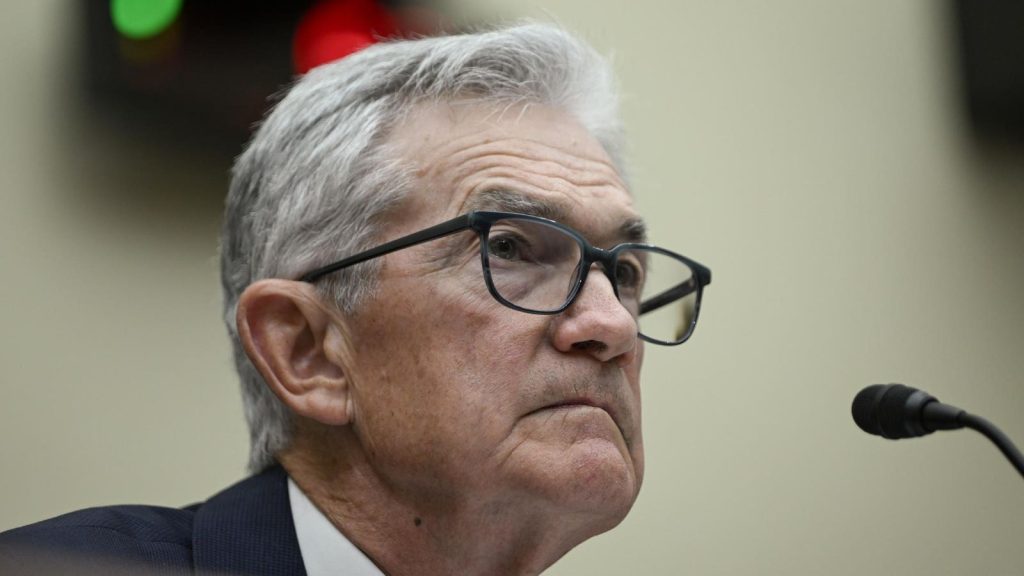The Federal Reserve has decided to keep interest rates steady at the 5.25% to 5.5% level, which has been in place since last summer. Despite this decision, the central bank still expects to cut interest rates multiple times this year. The Fed’s staff median year-end forecasts predict 75 basis points worth of cuts, even as inflation remains higher than expected. This news was well-received by investors, with equities responding positively to the announcement.
Investors are looking towards the Fed’s June meeting as the most likely time for the first rate cut since March 2020. Futures contracts are indicating a 55% chance of a rate cut in June, a 49% chance in July, and just a 7% chance in May. The expected scenario by year’s end is 75 basis points of cuts, a decrease from earlier predictions of 150 basis points of cuts. This shift in expectations is a notable change from previous months when investors were anticipating a rate cut at this Fed meeting.
Despite earlier expectations of a rate cut by March, January and February inflation data have shown that price increases have not disappeared. This has thrown a wrench in the expectations for a softer Fed as rate increases have continued. Major U.S. stock indexes have remained resilient, with the S&P 500 rebounding from losses in 2022 to set new all-time highs this year. However, smaller stocks, as represented by the Russell 2000 index, have not fared as well and are still below their 2021 peak.
The target federal funds rate has wide implications for the economy and financial markets, impacting everything from mortgages to government debt. Higher rates can lead to increased borrowing costs, affecting businesses and causing investors to shift towards safer assets like government bonds. The Fed’s decision to hold rates steady while still indicating future cuts shows their balancing act in managing inflation and economic growth.
Overall, the Fed’s announcement of maintaining interest rates while still planning future cuts has been well-received by investors. The central bank’s decision reflects their ongoing assessment of economic conditions and their efforts to strike a balance between controlling inflation and supporting economic growth. The coming months will be crucial in determining when and how the Fed will implement any rate cuts to stimulate the economy.















